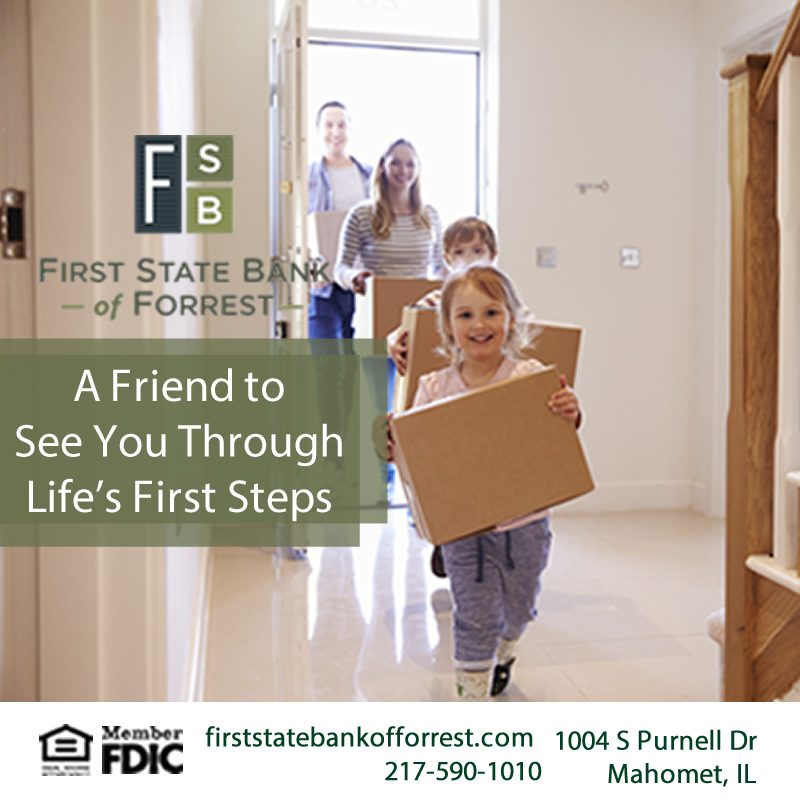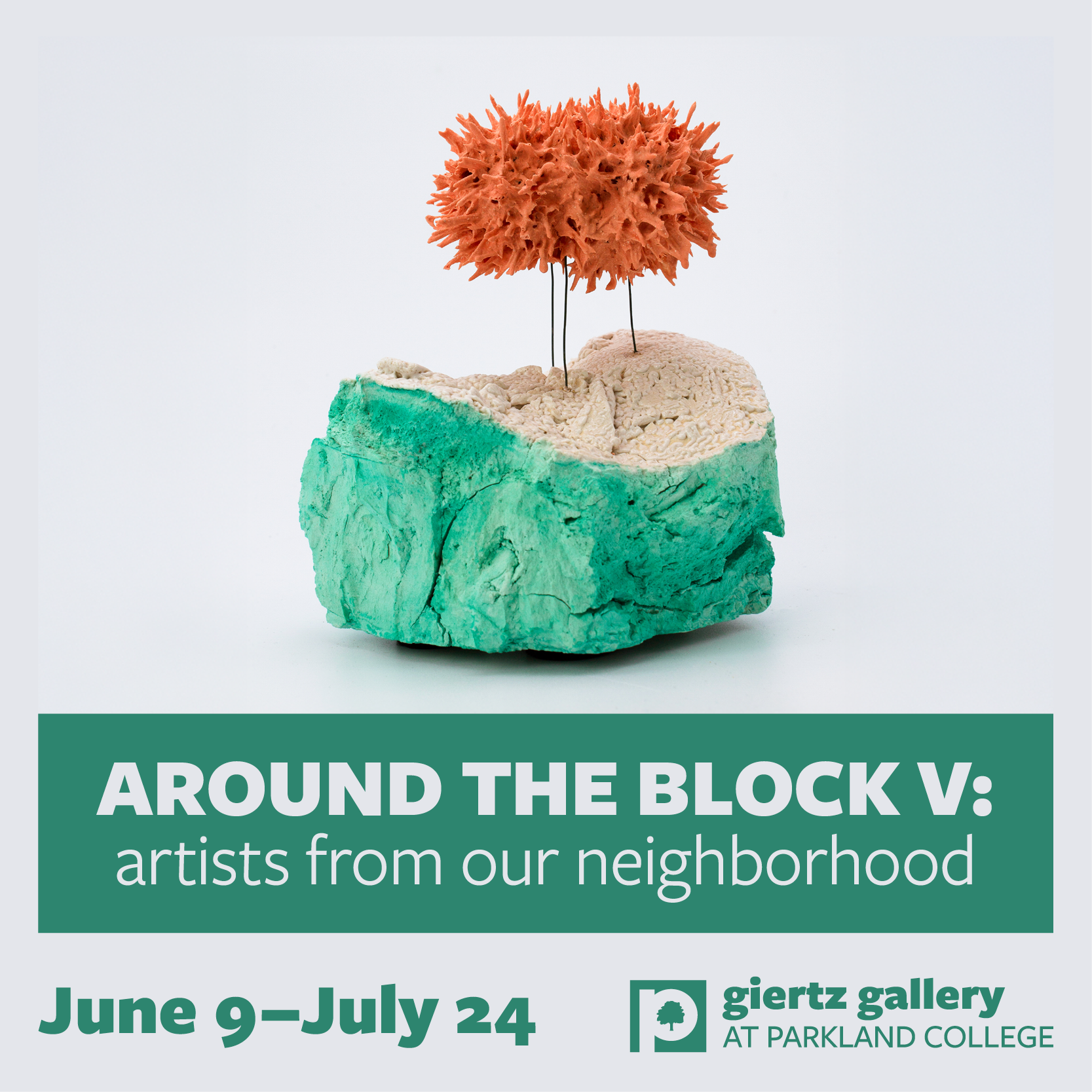I didn’t build many puzzles as a child.
But when my grandmother visited Indiana from North Carolina once a year, or when she’d take us on a trip, she’d pour a puzzle on the table. We’d pick at it like snacks during the Super Bowl, when we weren’t dancing or swimming.
It was under her guidance that I learned a method for puzzle building.
First, we’d begin with the four corners. Always.
As a kid, you want to get to the middle of the puzzle. You want to build the fun stuff, the animals, the buildings, the characters. But if I’d begin by putting together the middle pieces, she’d stop me, and redirect me to find one of the four corners.
“Let’s start with the corner pieces,” she’d say.
Then, we’d sort out the middle pieces from the edge pieces, creating two piles.
Only after building the entire border could we move to piecing together the middle of the puzzle.
Of course, when you’re a kid doing a puzzle with your grandmother, you don’t know what you’re learning. You just think she’s being annoying.
But my grandmother was teaching me more than just how to put a puzzle together.
In the time she spent with me, I learned that the border pieces aren’t just the finishing touch, the pieces that make the puzzle look nice, but rather, the four corners and border pieces are what provide the structure and protection for the entire puzzle. Without them for the rest of the pieces to attach to, the puzzle just doesn’t make sense.
I also learned that no matter how frustrated I’d get because I couldn’t find a piece of the puzzle or when the puzzle didn’t fit together the way I thought it should, she’d drop everything just to help me look for what I needed.
****
When my children were little, we would go to the basement of the Mahomet Public Library (then located on Main Street) to do puzzles. Most of them were made of wood, with little animals cut out of the center. They would hold the knob and try to insert the animals into the cutout spaces.
Then they graduated to the fire truck or Big Bird puzzles. These puzzles were made out of wood, too, and were about 7 to 10 pieces.
As they got a little older, we went to the dollar store and bought 25-piece puzzles, then 50-piece puzzles with Dora or princesses or Blues Clues on them.
Today, my daughters and I spill 1000 piece jigsaw puzzles out on the table, and will dabble with putting the pieces together in between tasks over a week’s time.
The puzzles that my children can do has changed over time. When they were little, they couldn’t even comprehend the intricacy of a jigsaw puzzle. As the children got older, the puzzles they are capable of assembling became more complicated.
But, with a process in place, they know to look for the corners as they begin any puzzle.
****
As I sat down with five Mahomet-Seymour students to talk about school safety, I quickly learned that the puzzle they were putting together didn’t make any sense to them.
While they had ideas about how to make their school safer, talking about metal detectors or door jambs, they knew that putting those precautions in place were only a band-aid for the bigger problem: that some students feel like they don’t belong, like they aren’t valuable, like they can’t keep up with the expectations from adults, like they are alone and don’t know where to turn.
The initial focus of this interview and the questions that were prepared for the students revolved around school safety training prior to and after Feb. 14. But time and time again, these students returned to talking about an environment at home, at school and in the Mahomet community that is not working for some, maybe many, of our children today.
As I was listening to them talk, listening to the puzzle they were handing me, I tried to find the corner pieces for them.
I stopped throughout the interview and asked, “Are you telling me you want adults to be more available?” or “Are you telling me that you want more balance in your life?”
I was surprised to hear them talk about wanting more applicable life skills rather than preparation for upcoming standardized tests. I was floored to hear them talk about wanting more quality family time and I was heartbroken when they told me horrific stories, then told me that they don’t feel like those stories are listened to by adults.
I have three teenagers at home. I feel like I listen to them. We talk often. But, as I left the interview, I questioned whether or not I was really listening to them when they talk to me.
I’ll admit that sometimes their stories sound like an exaggeration. Sometimes their anxiety seems unfounded. Sometimes their disconnect is brushed off as teenage behavior. But when I listened to these five students speak, so much of what my own children tell me made so much more sense.
Then I asked myself, has it always been like this for them? Has their environment within home and school changed over the years?
I remember when my oldest daughter was enrolled at Sangamon and at Lincoln Trail (she’s a junior now). The entire year was focused on the six pillars of character: trustworthiness, respect, responsibility, fairness, caring, and citizenship.
Those were the corner pieces.
They were enforced by their teachers, by the staff, by the administration. I knew that what my children were getting at home, they were also getting at school.
I think that what stuck out in this interview for me is that maybe some of those children remembered the pillars of their early education and were struggling to find them in their current situations.
***
I wonder if the puzzle we all are attempting to build together is actually two different puzzles, and that is resulting in the disconnection and discomfort I heard as I talked with these students. It’s almost as if we’ve poured two 1000-piece puzzles on the same table, and are trying to make them fit together.
We are still working on them at the same time, but we are frustrated because our corner pieces don’t even match up.
Is the disconnect for these kids their belief that what we adults say we believe, and what we provide for them, appear to be two totally different things?
Maybe for educators, the problem is that they have 28 to 35 different puzzles on the table, depending on their class size. Each child may be coming to school with a different puzzle. Plus the state seems to hand educators a new puzzle every year.
But do the corner pieces have to be individual for every single child/person? Are there not corner pieces that we can all agree on? Are there not corner pieces that would fulfill the needs within all humans?
Maybe the children feel like adults are telling them that their corner pieces should be a college education, a secure career, competition and financial security. And what they really need or want their corner pieces to be is safety, availability, equal opportunity and lifestyle balance.
All of us need to have our basic needs met before we can become the complex human beings this world calls us to be.
I believe these students feel like the roles are reversed, too: they feel like the adults should be helping them to find the corner pieces, but instead, the students are trying to help the adults find the vital corner pieces that will foster their continued growth.
I believe that these students also feel like maybe they have some of the pieces of their puzzle, but that other critical pieces of their puzzle are missing.
These five students are lucky enough to have parents that they can talk to at home. Everything they told me, they’d told their parents over and over and over again at the kitchen counter or in the car or sitting on the couch together.
Student 3 said, “When parents are communicating with their children, that is the first step to making change.”
And Student 5 added, “We need to teach students that it’s okay to go to your parents. There are situations where it’s scary, but most of the time, it’s okay, your parents want you to talk to them. Parents are more understanding than we might think.”
But the puzzle doesn’t work for a child if they just have support at home. The puzzle doesn’t work for the child if they don’t have support at school. The puzzle doesn’t work for the child if they don’t have the tools and resources they need. The puzzle doesn’t work for the child if there is a space, any space, where they don’t feel valued or where they don’t feel like they belong. The puzzle doesn’t work for the child if they don’t feel like they have a voice.
When a child asks for help, do we listen? At different ages children ask for help in different ways: sometimes they cry, sometimes they habitually wet their pants, sometimes they have stomach aches before school, sometimes they stay in their rooms, sometimes they flat out tell us what is happening. When they tell us a story, do we listen to what they are really saying? Do we approach their questions with open ears and open hearts or do we shrug off their concerns because they are just kids? Are we dismissive of them because their stories don’t match our perceptions? Are the stories they tell met with disbelief or even hostility if they don’t match the pretty picture on the outside of the puzzle box?
When the high school students sat down for the interview, what they were saying in many, many ways is that this puzzle is missing a lot of pieces for this generation.
And whether adults want to acknowledge that or not, whether we want to play them off as negative and soft children or take them seriously, they are trying to tell us that this puzzle isn’t working for them, the pieces don’t fit together, and, like my grandmother did when I was little, they want us to drop what we are doing to help them.
****
There is one more piece of this puzzle; it is the piece that brings me hope.
The thing about children is that they don’t stop. No matter how many times they are pushed down, they rise again.
“Even though we’re going through all of this and we feel alone, as people who are still kids, we have a desperation to talk to people and be listened to. Even when we’re turned away, we’re still going to keep doing it in hopes that finally someone might change their mind,” Student 3 said.
So, who will be the one who stops and listens?
Who will be the one to hear that students want balance instead of pressure? Who will be the one who sees the child in the stairwell at lunch and hears that he is saying, ‘I want to belong?’ Who will be the one who will look at the girl with marks on her arm and hear that she is saying, ‘I am hurting?’ Who will be the one to hear students say, ‘We don’t feel safe in our environment?’
When we are in moments like this, it is often hard to see that something good is happening.
But I believe that this world is moving towards betterment each and every day. Although there are moments when we look at the world around us, thinking, ‘I can’t believe we are in this moment. How did we get here?’, I know that my generation is more thoughtful and compassionate than the generation before.
After talking to these students, I can see that they want to bring wrongs to light, that they want to use their voices for better conditions, and that they are wiser and more empathetic than my generation.
Here’s how I know this:
“Obviously we can protest, we can raise our voices, we can make things happen, but if you don’t know how to love other people, just love the differences between other people, I don’t think we’re going to get anywhere,” Student 3 said.



